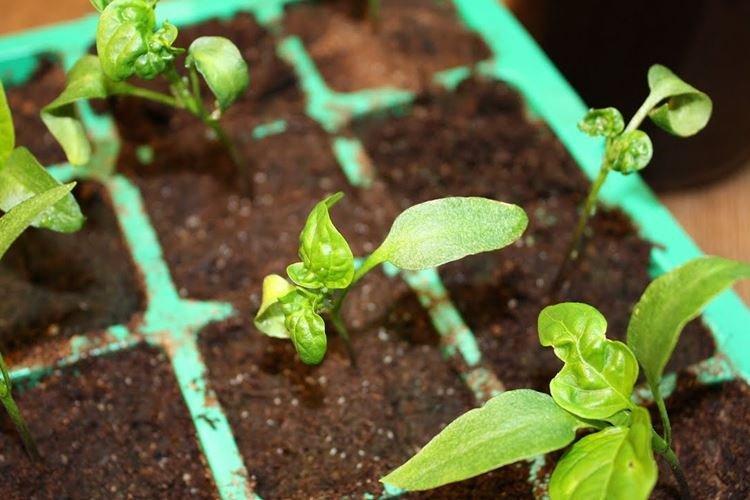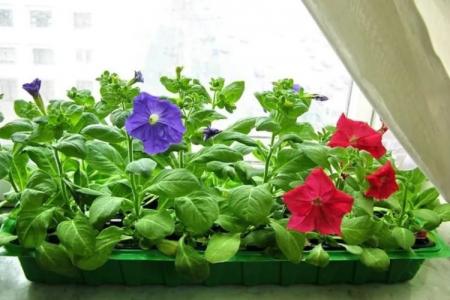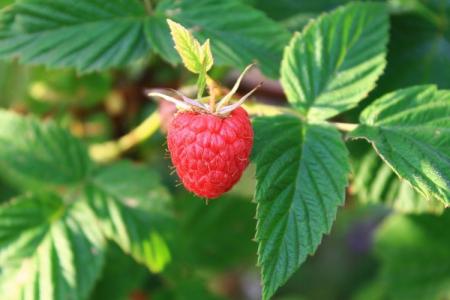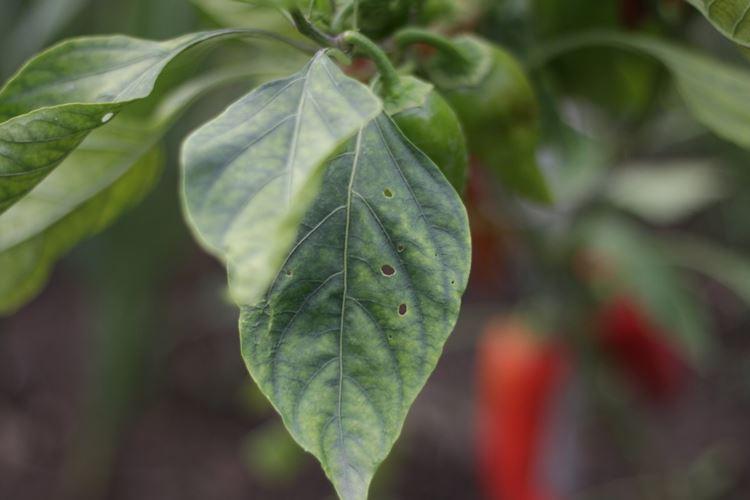
With all the popularity of pepper and the variety of its varieties, it is still a rather capricious culture. She often suffers from fungi, viruses, pests and other diseases. To notice symptoms in time, regularly examine the leaves in the beds. We will tell you what changes are happening and what they testify to!
Bumps and bumps on the leaves
Periodically, pests settle on the leaves, lay eggs and leave their waste products. This is the most common reason the plates become bumpy, although not the only one!
- Large bumps form on the pepper due to aphids, which thus multiply and leave galls;
- Small pimples of a light green color are oedema or dropsy, and they are formed due to edema. Basically, the reason is constant overflow, lack of light or too low temperature;
- Backside build-up occurs when peppers are planted in a greenhouse. When the soil is too warm and the air is cold, the plant's metabolic processes are disrupted;
- Sometimes small bumps can be a kind of irritation. It is a stress response after transplanting seedlings to a location with radically different conditions;
- Bumps resembling warts are left behind by the whitefly;
- Oval large growths, which cannot be eliminated, appear due to the scabbard.
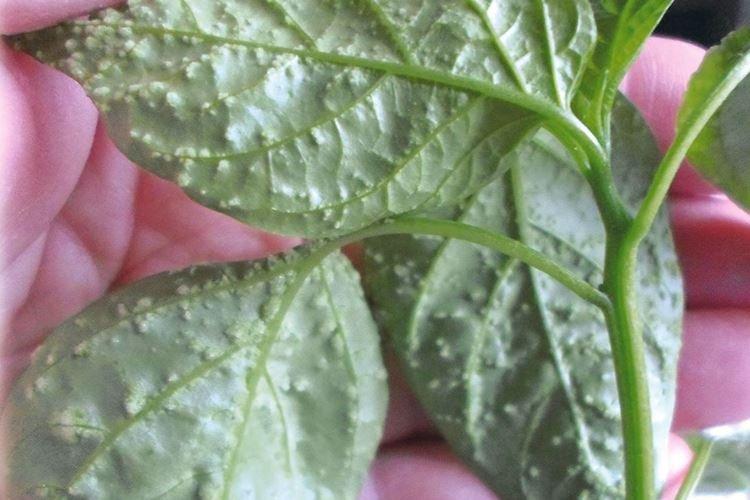
Leaves turn yellow and dry
There are dozens of reasons why leaves turn yellow, from natural biological processes to serious diseases. Sometimes the matter is in violation of agricultural technology and conditions of keeping pepper.
- When the yellowness evenly spreads along the leaves from the veins - the reason may be a lack of iron;
- Leaves turn yellow and dry from the tips up when they are low in calcium. And if they also begin to die off, the problem is boron deficiency. It is better not to guess and immediately use a complex balanced feeding;
- Chaotic yellow spots intertwining in mosaic patterns indicate the disease of the same name. There are several types of mosaics, but they are all incurable;
- Lack of moisture on hot days is another reason why pepper leaves look and feel painful;
- If you water the garden in the middle of the day, burns may remain on the leaves;
- When the lower leaves first turn yellow and fall off, then it's time to feed the pepper seedlings with fertilizers;
- Leaves may turn yellow due to sudden hypothermia, if frost breaks out or if you forget to close the balcony.
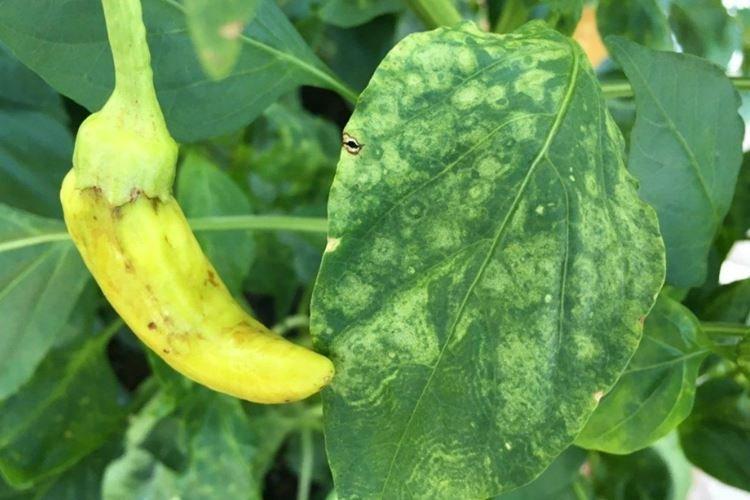
Brown spots on pepper leaves
Fungal diseases are most often manifested in the form of dark spots. They develop especially actively on warm, humid days, in the most comfortable environment for themselves.
- Leaves darken, as if they swell and soften when they rot. Urgently reduce watering and prophylactically treat pepper from fungus;
- The leaves darken and the veins turn purple with mycoplasmosis. The disease begins with the upper young plates and gradually passes to the lower ones;
- Brown and seemingly watery spots, which eventually cease to ulcers, leaves a bacterial spot;
- In wet weather, brown spots, gradually turning gray or blackening - a symptom of vegetable brown spot;
- Bacterial cancer leaves brown spots, tumors, ulcers and other defects on leaves and shoots;
- Yellow-brown spots and deformed stems - the consequences of the fact that the root system is destroyed by nematodes;
- Another fungus leaves dark spots - cladosporium. Its peculiarity is that on the reverse side, these spots are covered with olive bloom.
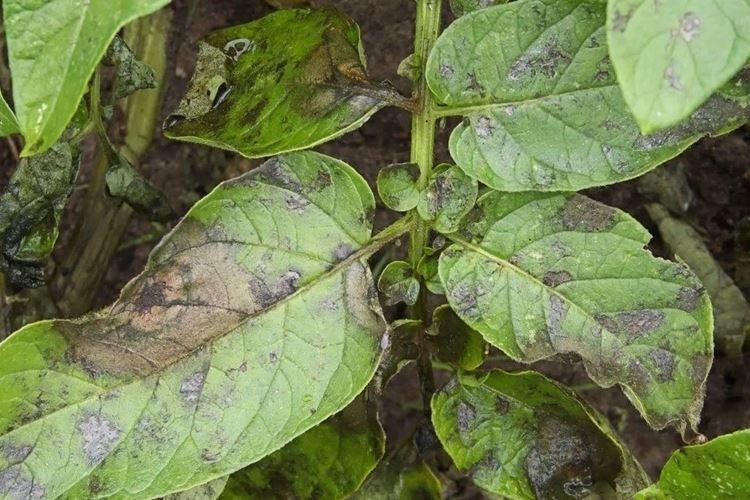
Pepper leaves turn black
Necrotic foci indicate an advanced stage of the disease, although rarely pepper can turn black for other reasons. The most sensitive to external conditions is young seedlings.
- Black necrotic spots on leaves and fruits appear due to Alternaria;
- Young shoots turn black and lie down when affected by late blight. Dark spots appear on old leaves and on the root collar;
- Black spots with white dots and a greenish halo are a sign of cercosporosis. Very often it affects only the lower leaves.
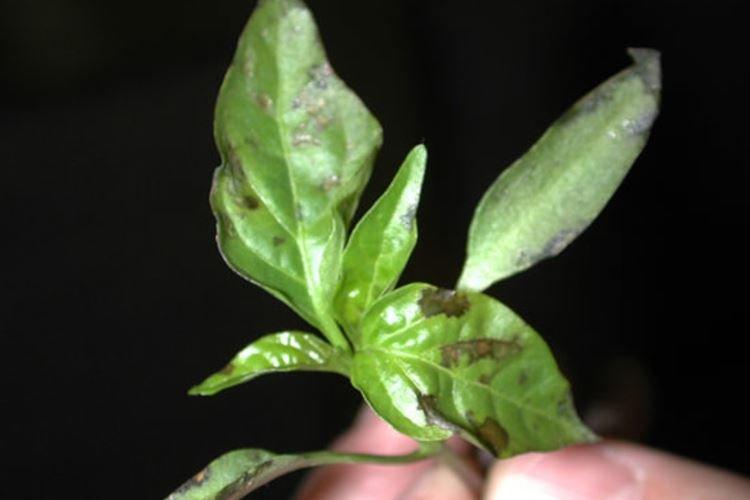
White bloom on pepper leaves
Fungal lesions are not only spots, but also a characteristic plaque that myceliums with spores leave behind. Although sometimes inexperienced gardeners confuse a thin translucent web with a white bloom.
- The main creator of the white spider web on pepper leaves is the spider mite. Most often, it hides on the back of a piece of paper;
- Light spots with a slight grayish tint remain with the defeat of gray mold;
- White bloom, reminiscent of velvet or the smallest hairs, leaves powdery mildew;
- It practically does not differ either in manifestations or in treatment - downy mildew, but it is darker.
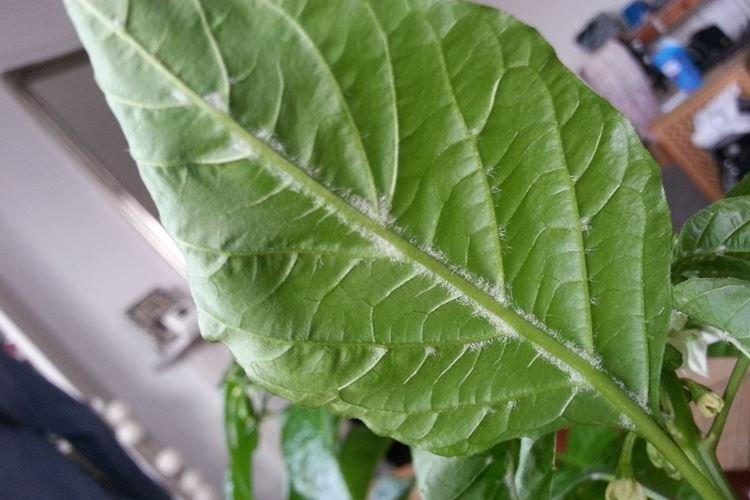
Pale and light leaves
Pepper can not only become stained, but also seem to fade completely. New young leaves or already tall old leaves fade - and there are several reasons for this!
- Pepper leaves immediately grow weak and pale if they lack nitrogen during the growth of greens;
- Young leaves grow faded and weak when agricultural technology is violated;
- Large white spots that spread throughout the leaf appear due to another type of viral mosaic - alfalfa.
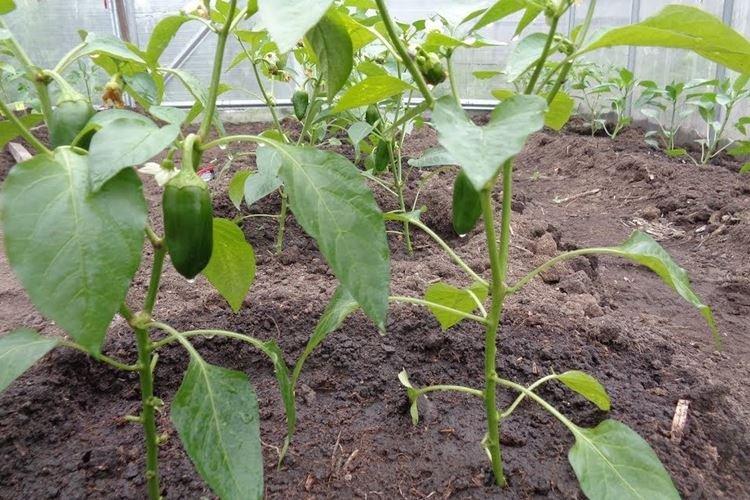
Pepper leaves curl
When the leaves curl, curl or deform - this is an alarming sign, because the problem may be in the virus. There are several less radical reasons, though!
- Pepper leaves can curl up if they are in dire need of light. Most often this happens with home seedlings, so it is worth taking them out to the balcony;
- Sometimes large leaves curl up if the planting is too thick. They just don't have enough space and oxygen;
- Leaves curl, wither and wilt due to verticillary wilt. Usually after that they do not fall off, but remain hanging.
